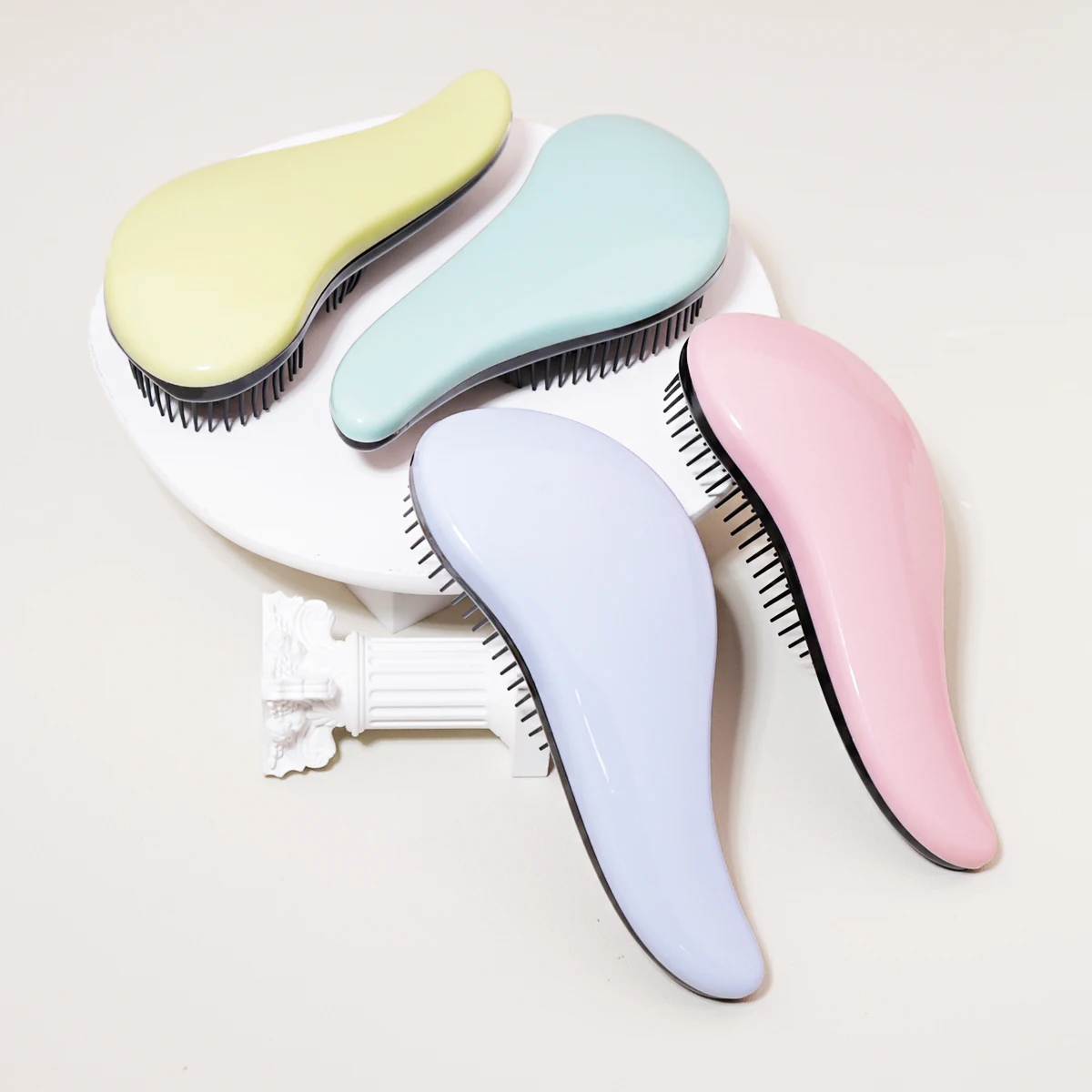
Lace Front Wigs: These wigs have a sheer lace panel along the front hairline, which mimics a natural hairline. They allow for natural-looking parting and styling versatility.
Full Lace Wigs: Made entirely of lace, these wigs offer maximum versatility. They can be styled in updos and high ponytails since the lace cap creates a realistic scalp appearance all around.
360 Lace Wigs: Similar to lace front wigs but with lace around the entire perimeter, including the back. This allows for styling versatility and natural-looking parting from any angle.
Traditional Cap Wigs: These wigs have a classic cap construction with wefts of hair sewn onto a stretchy material. They are affordable and come in various styles, lengths, and colors.
Monofilament Wigs: These wigs feature a thin, breathable fabric at the crown (monofilament) where each hair is individually hand-tied. This creates a natural look and allows for multi-directional parting.
Hand-Tied Wigs: The hair is individually hand-tied to the cap, offering the most natural movement and appearance. They are lightweight and comfortable but can be more expensive due to the labor-intensive process.
Synthetic Wigs: Made from synthetic fibers, these wigs are easy to care for and come in a wide range of styles and colors. They are affordable but can have limitations in terms of heat styling.
Human Hair Wigs: These wigs are made from real human hair, offering the most natural look and feel. They can be styled with heat tools and dyed to achieve different colors. Remy human hair wigs, where the cuticles are intact and aligned, are of higher quality.
Cosplay Wigs: Designed for costume and character play, these wigs come in vibrant colors and unconventional styles to match specific characters or themes.
Medical Wigs: Also known as chemotherapy wigs or alopecia wigs, these are designed for individuals experiencing hair loss due to medical conditions. They prioritize comfort and natural appearance.
Each type of wig offers distinct features and benefits, catering to different needs, styles, and preferences.







